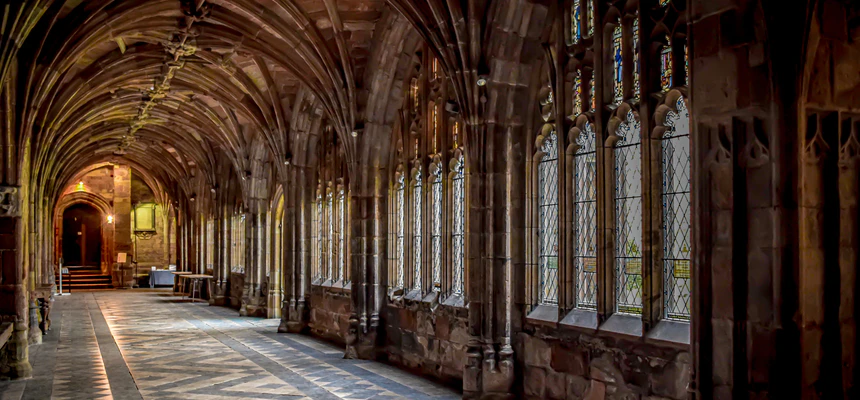
The antipope Gregory VIII was born Mauritius Burdinus, or, in French, Maurice Bourdin (later used as a play on words since bourdin means donkey). Born around 1065, Maurice lived in Limousin, Occitania, France. This was a semi-autonomous region which composes the southern third of France, the Aran Valley of Spain, Monaco, the Occiton Valleys of the Pyrenees and Guardia Piemontese. It was later known as Aquitania.
Maurice was from the high aristocracy. He studied at Cluny and in Limoges. In 1080, he came under the sponsorship of the monk Bernard, who left Cluny to go to Spain. Bernard’s goal was to assist in the reforming cause of Pope Gregory VII. He was abbot at a monastery in Leon, then archbishop of Toledo, and eventually the primate of Spain. Bernard’s work was to pull the Arab Christians closer to Rome and its authority.
Maurice, then, became an archdeacon at Toledo. Due to his Cluniac connections, he became bishop of Coimbra (Portugal) in 1098/99. After the first Crusade, Maurice made a four-year pilgrimage to the Holy Land. When he returned, he became archbishop of Braga, Portugal, in 1109, by Pope Pascal II.
Apparently, Maurice was an argumentative sort. In the following years, he was called to Rome twice. One time he fought with his old sponsor, Bernard of Toledo, in a boundary dispute. He, then, protested decisions that cost his diocese, in his eyes. After the second time, Pope Pascal suspended Maurice for his actions. But Pascal liked the man and kept him at the papal court.
Henry V, the uncrowned emperor of the Holy Roman Empire, had not finished picking a fight with the Pope. He wanted his royal prerogative to nominate and consecrate bishops and popes. In 1116, he invaded Italy during an investiture argument. Pascal sent Maurice and several cardinals on an embassy to Henry. The pope and the Curia headed south to Benevento to escape Henry and his cohorts, the Frangipani family. Maurice listened to Henry and agreed with him. He switched sides. They continued traveling back to Rome with the imperial army.
HENRY V CHOSES MAURICE
Pope Pascal died in January of 1118. The emperor heard this and quickly nominated Maurice the pope. After a discourse by the learned Irnerius of Bologna on imperial rights, Henry induced a bribed assembly of Romans to proclaim Bourdin pope, who with unconscious irony took the name of Gregory. The new antipope crowned Henry emperor.
Cardinals voted in Giovanni of Gaeta within two weeks of Pascal’s death. He took the name Gelasius II. Quickly, he deposed both Henry and Maurice, then excommunicated the two and removed Maurice’s archbishopric within two weeks. Gelasius was detained and suffered for some time, physically, at the hands of the Frangipanis, Henry’s allies. Then, he finally arrived at the Lateran.
Maurice, the anti-pope Gregory VIII, escaped and hid in the Septizonium, an old Roman temple owned by the Frangipani family as one of their castles. He then made his way to Sutri where he was caught and surrendered April 22, 1121. As a punishment, perhaps, Maurice was moved from one monastery to another over the next years. He died in 1137. He outlived Gelasius, who died after only a year on the throne.
Callixtus II was the next pope. He worked to deal with the lay investiture problem. At the Concordat of Worms in 1122, Emperor Henry was induced to drop the argument and come to terms.

Recent Comments